Short-form Science
Welcome to my blog overview page! Here, you'll find a collection of my posts covering topics like neuroscience and drug design. Explore the links to dive into various blogs discussing the fascinating intersections of these subjects, providing insights into the brain and its mechanisms, along with the implications for drug design in conditions such as severe mental disorders.
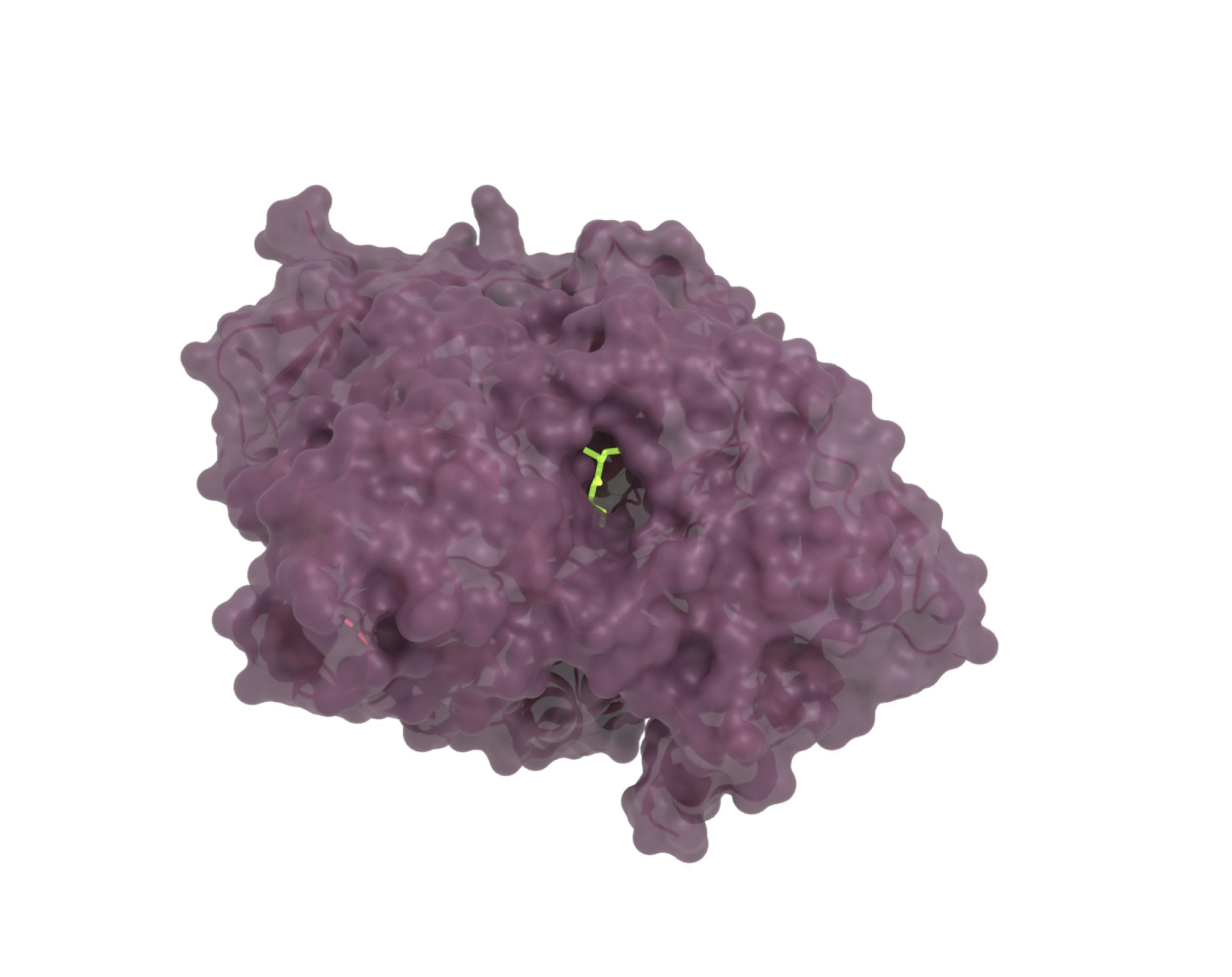
A Molecular Perspective on Novichok Nerve Agents
Delving into the irreversible covalent bonds, this blog highlights Novichok's deadly impact on acetylcholinesterases. This condensed overview serves as a companion to a comprehensive review paper, offering accessible insights into the potent and secretive world of chemical warfare agents.
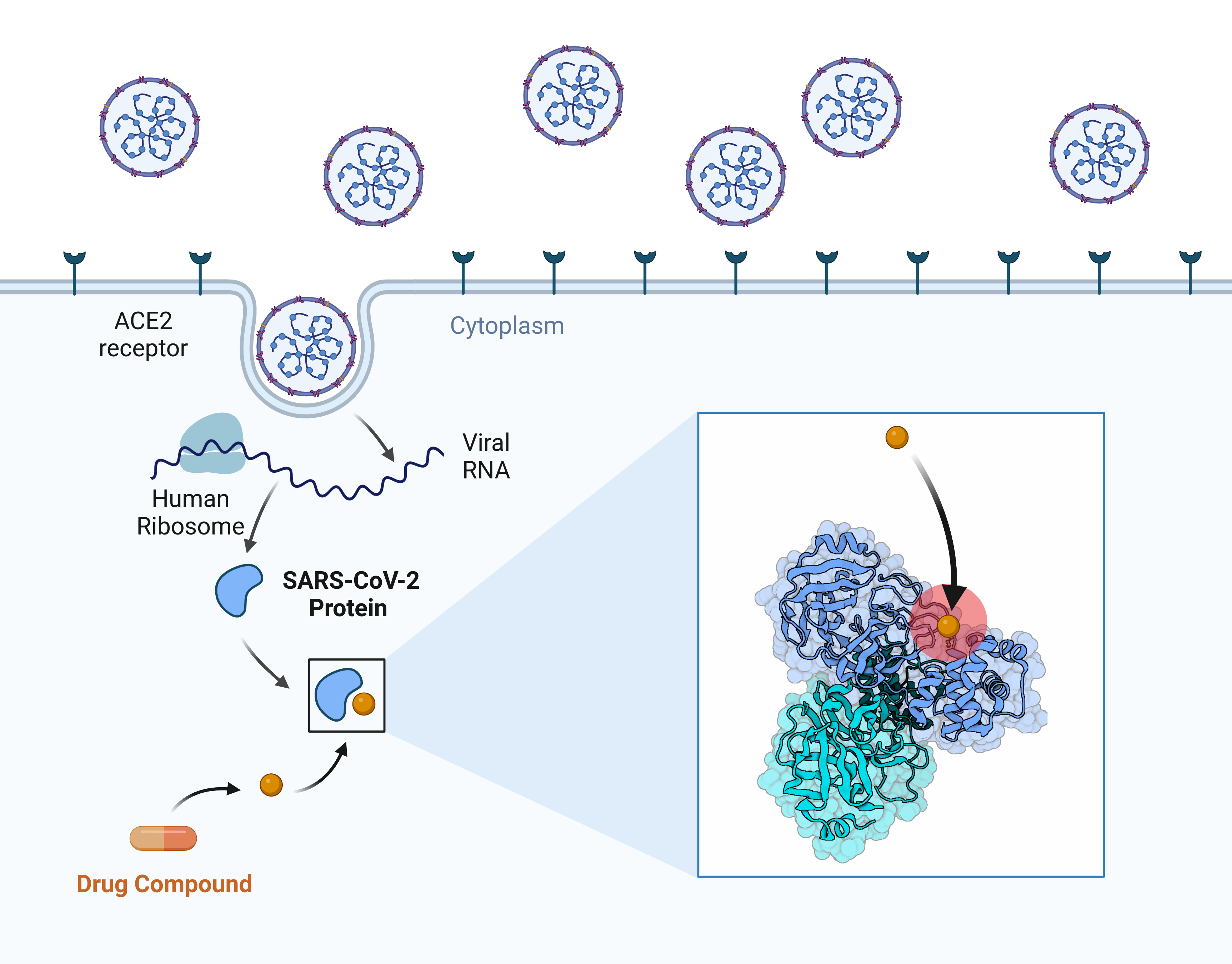
From Drug Binding to Toxicity: What You Need to Know
Understanding the journey of a drug from its initial administration to its potential impact on the body is vital. This journey relies on a drug binding to its biological target, but also on the key processes of ADME (Absorption, Distribution, Metabolism, and Excretion), and concerns regarding the dangers of drug-induced toxicities.
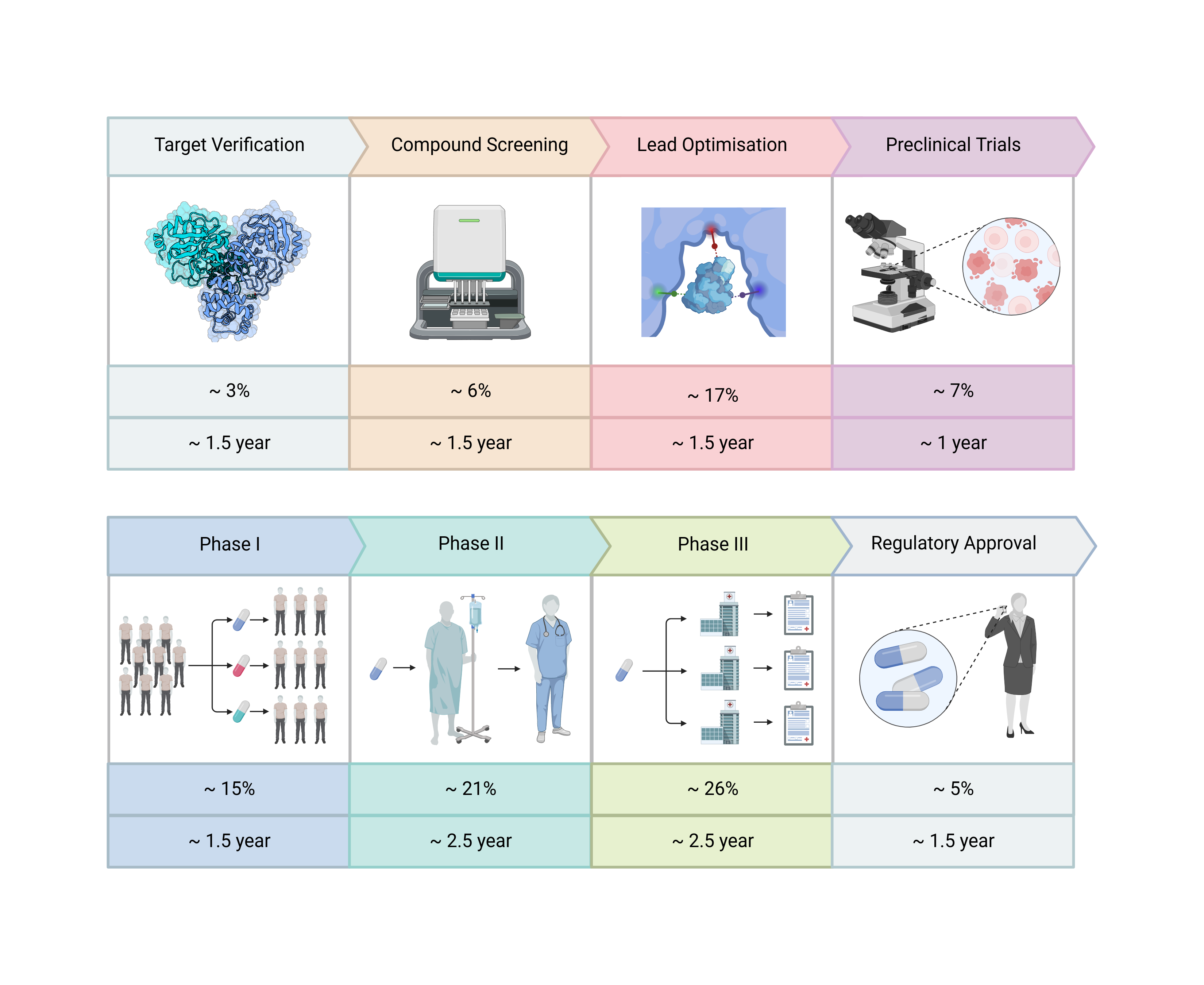
The Drug Discovery Pipeline
Despite massive public and private investment in life sciences and the continual advances of molecular medicine, bringing new therapeutics to market has become an increasingly expensive and time-consuming endeavour to push candidate drugs through the development pipeline and into regulatory approval.
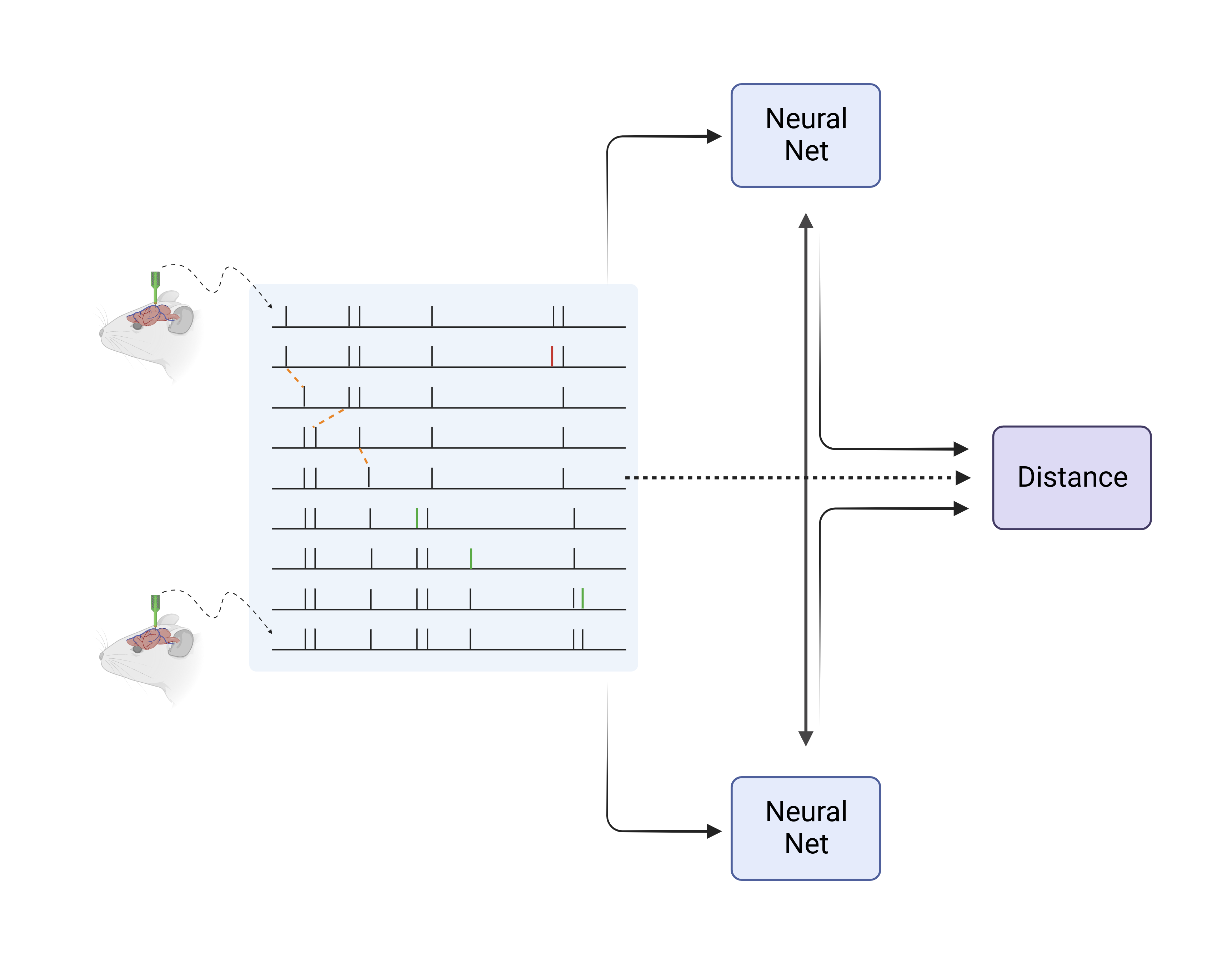
Distilling Computational Neuroscience
Efforts to distill computational neuroscience for biophysically detailed neuron models aim to make simulations more efficient and accessible. Similarly, we have explored the use of siamese neural networks to accelerate the Victor-Purpura metric which quantifies the synchronization of neuronal spikes.
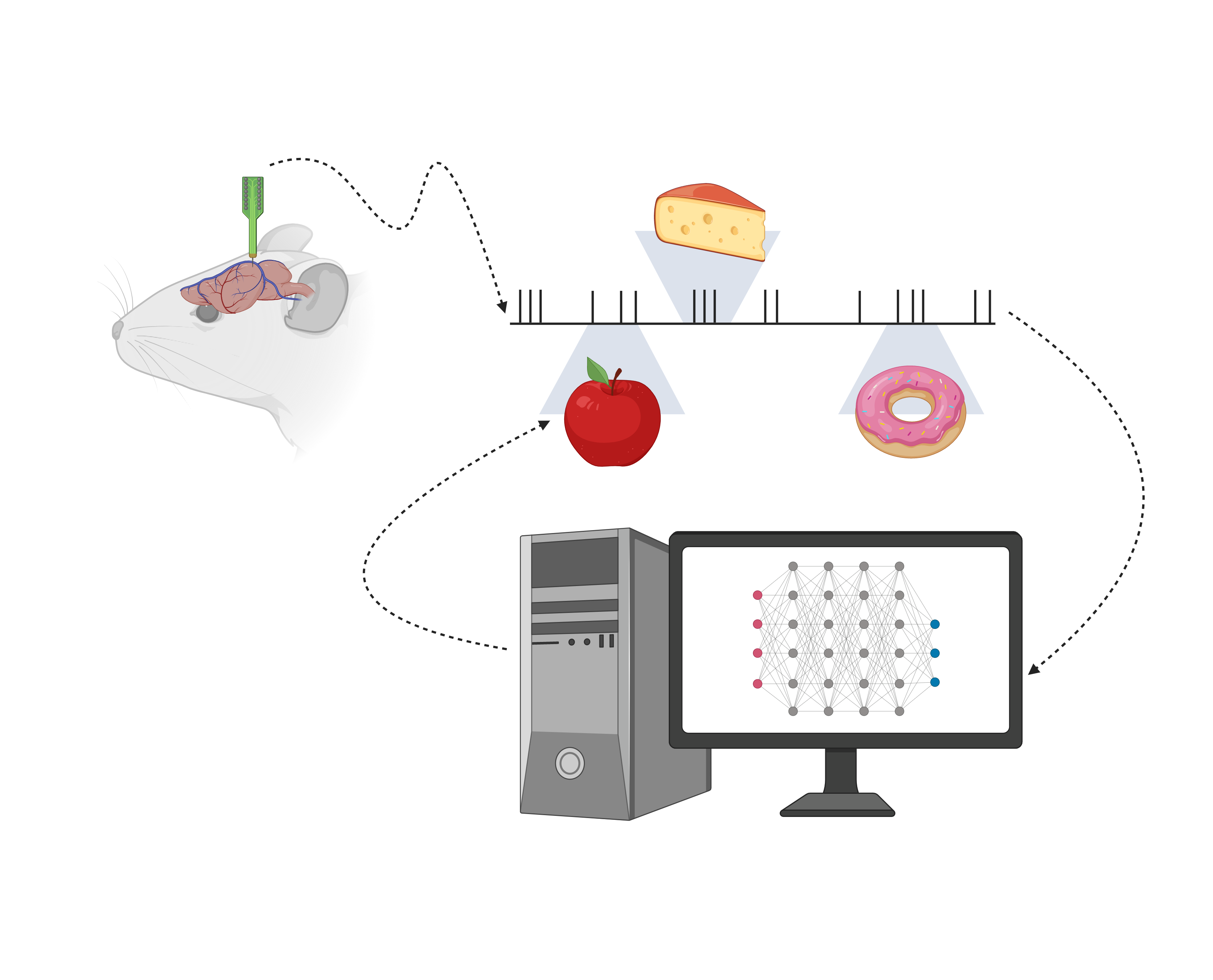
Modern Computational Neuroscience
As we witness an influx of neural data, researchers have developed novel toolkits that delve deep into the inner workings of neurons. Among these innovations are deep-learned latent spaces for neural dynamics and topological data analysis based on persistent homology but also the creation and use of increasingly large-scale simulations of networks of model neurons.

Modern Experimental Neuroscience
In our rapidly advancing technological landscape, experimental advances have recently endowed the field of neuroscience with an unprecedented wealth of data. The union of modern tools such as miniature microscopes and high-density electrical probes allows us to study the firing patterns of individual neurons while simultaneously peering into their collective behavior.

Fundamental Brain Physics
Neurons rely on their ability to transmit and propagate electrical pulses, known as action potentials, to relay signals from the brain all the way through the spinal cord into the rest of the body. These neurons serve as masterful conductors of electrical impulses, which are passed on from neuron to neuron by special junctions called synapses, facilitating intricate communication system.
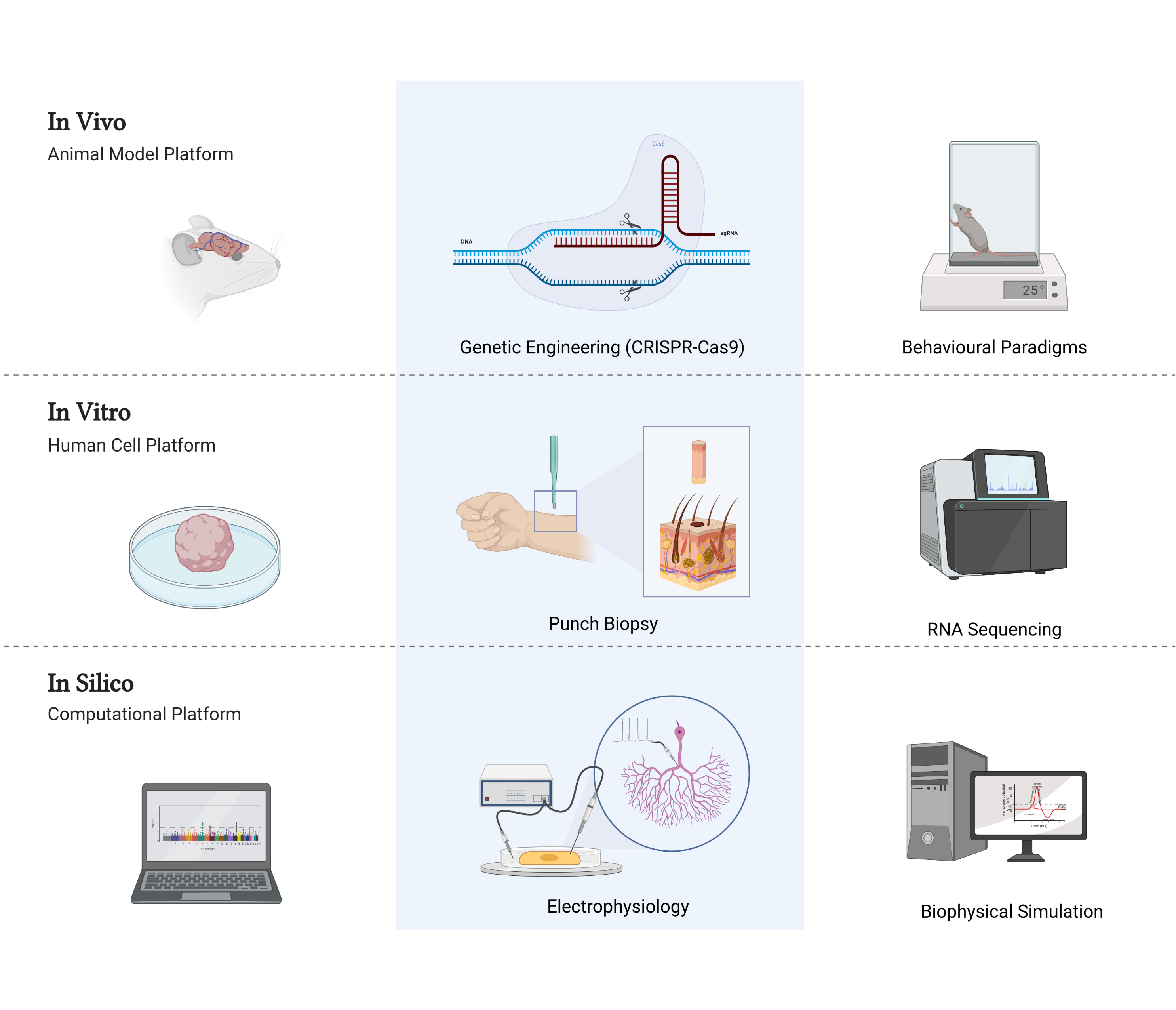
Models of Severe Mental Disorders
Psychiatric disorders are difficult to study due to their complex genetic architecture, developmental nature, and the lack of direct access to the affected neural tissue of patients. Hence, to interrogate the effect of genetic variations, neuroscientists make use of disease models based living animals, advanced laboratory techniques, or purely digital means.
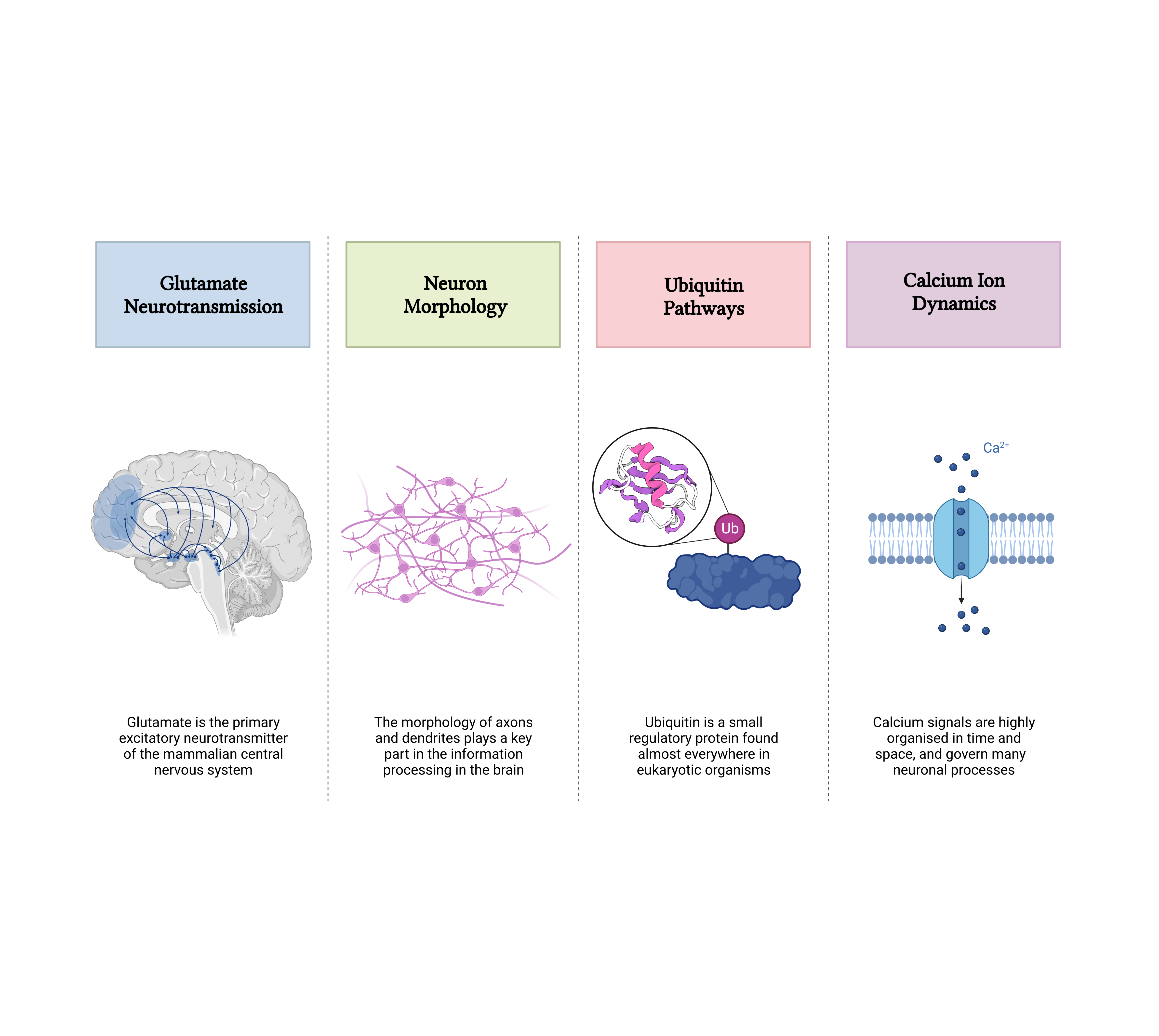
Genetic Architecture of Schizophrenia
Genome-wide association studies (GWAS) are used to determine the genetic architecture of polygenic traits such as schizophrenia and bipolar disorder. Common genetic variants found in these studies account for only a small percentage of the disease liability, with rare variants playing a potentially important role. Multiple genes implicated in schizophrenia target synaptic organization and function.
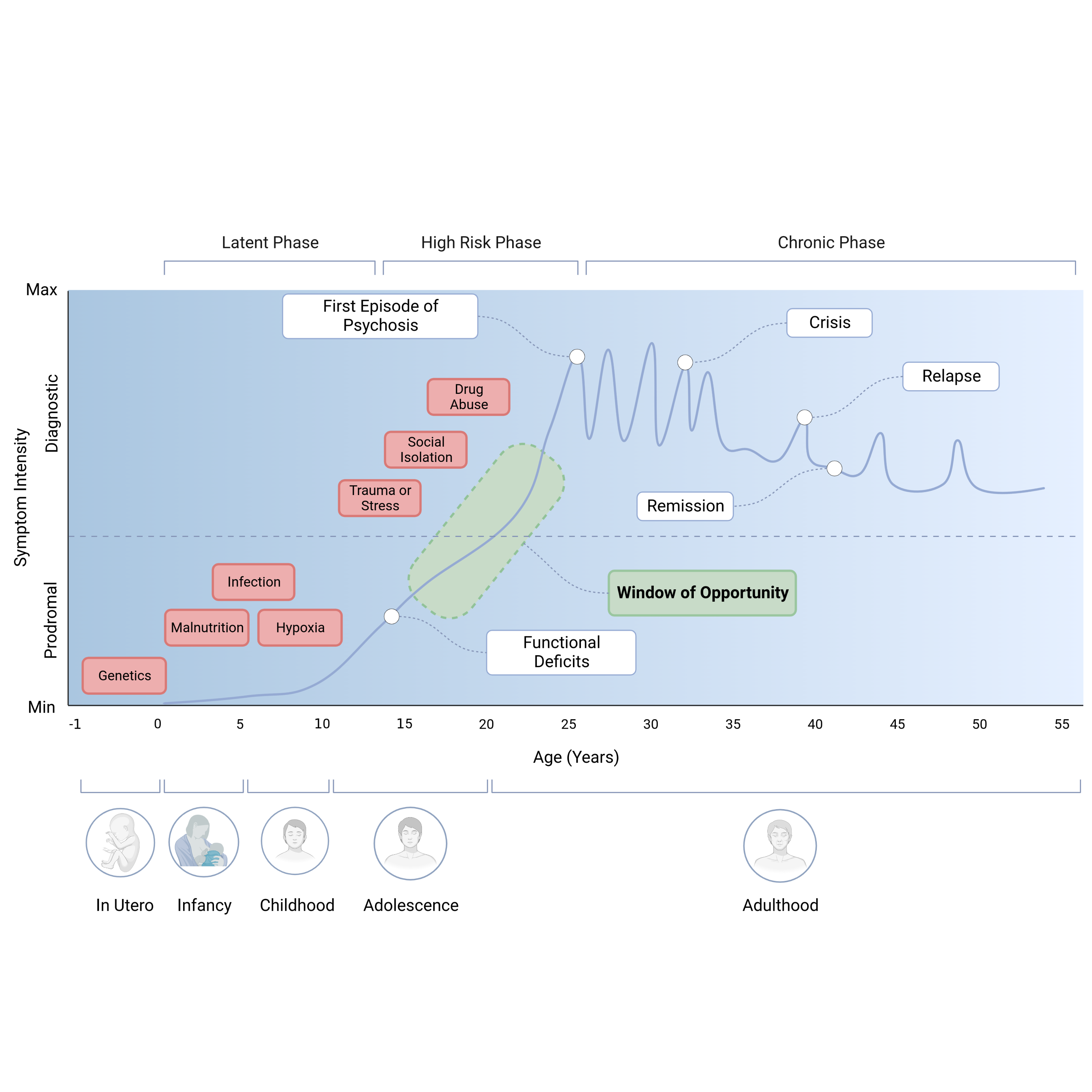
Developmental Aspects of Mental Disorders
In contrast to most other neurological diseases, schizophrenia and bipolar disorder typically arise in early adolescence, and are presumed to be triggered by aberrations in brain development and maturation. The first episode of psychosis typically happens right after or in the midst of adolescence, whereas the chronic aspects of severe mental disorders happen throughout life’s later decades of brain maintenance.

Introducing Severe Mental Disorders
Mental disorders involve significant disruptions in a person's behavior, cognitive abilities, daily functioning, and emotional regulation. Unfortunately, and despite years of research, patients who suffer from severe mental disorders like schizophrenia and bipolar disorder often lack access to effective curative or preventive treatments due to limitations in current (bio)medical and pharmacological knowledge.

Illuminating Chemical Space
Argenomic is a chemical space exploration software that improves search efficiency compared to both machine learning and genetic algorithm approaches. It produces diverse high-performing molecules, illuminates the fitness of molecules over chemical space, and avoids stagnation by enforcing molecular diversity. Users can choose their own features of interest to explore and define relevant ranges of variation to construct a feature space.
